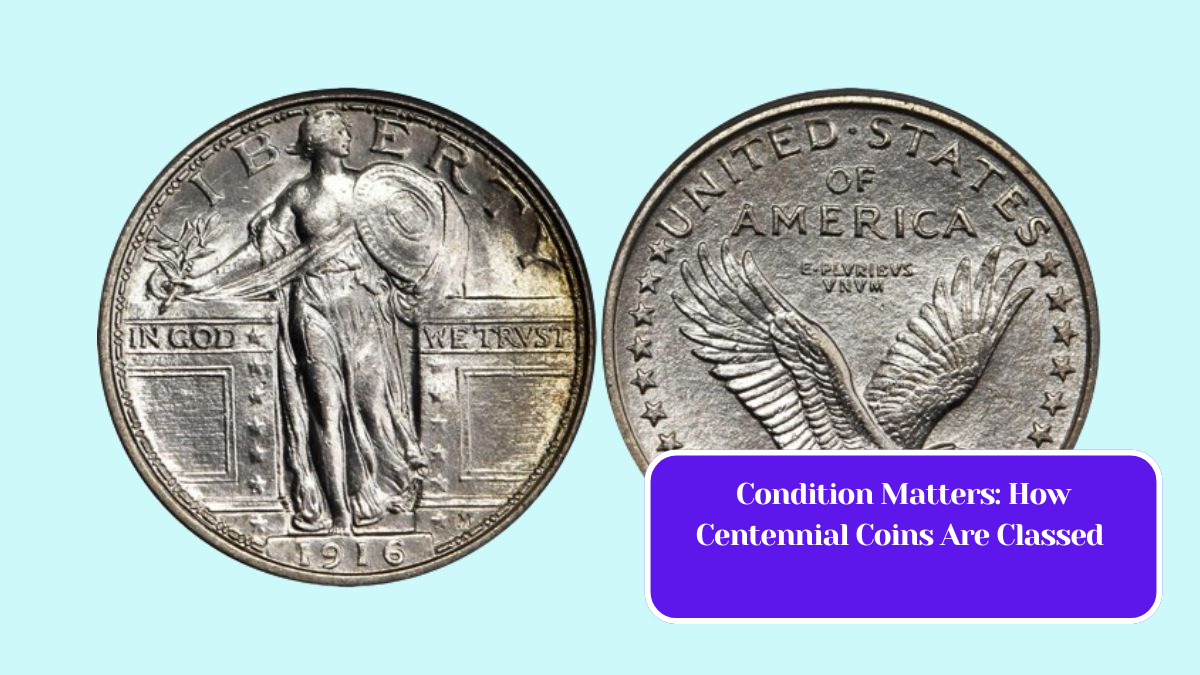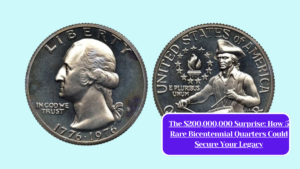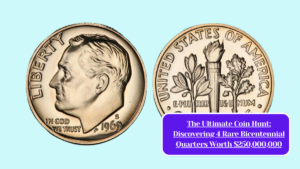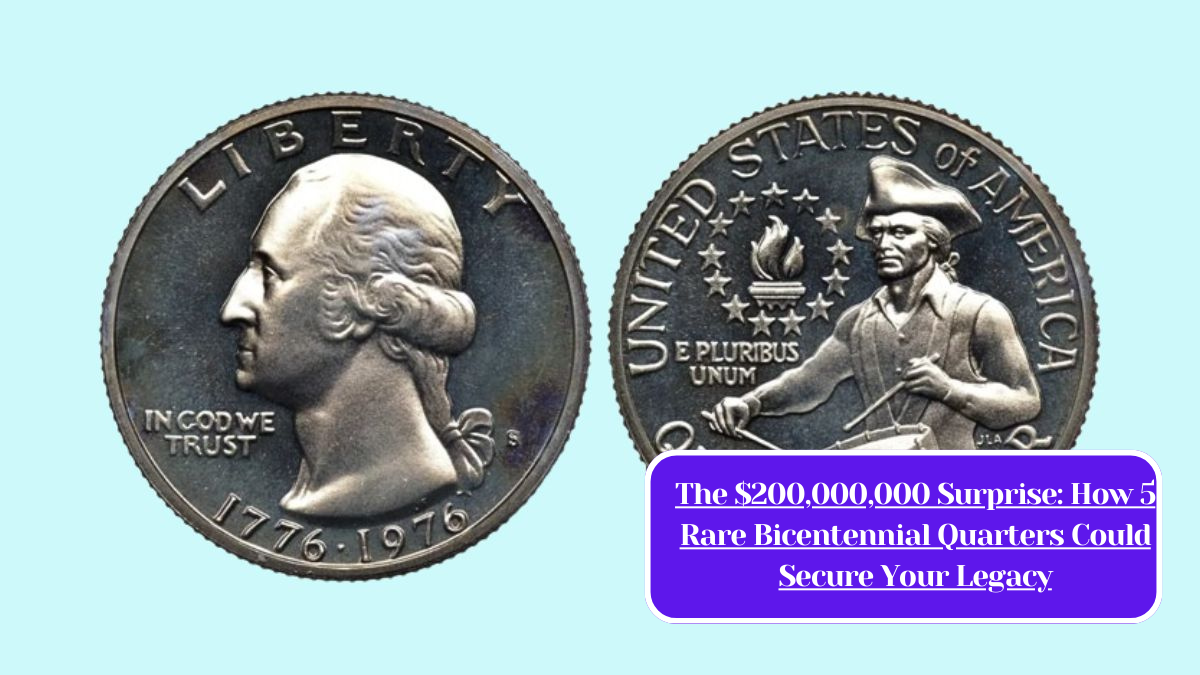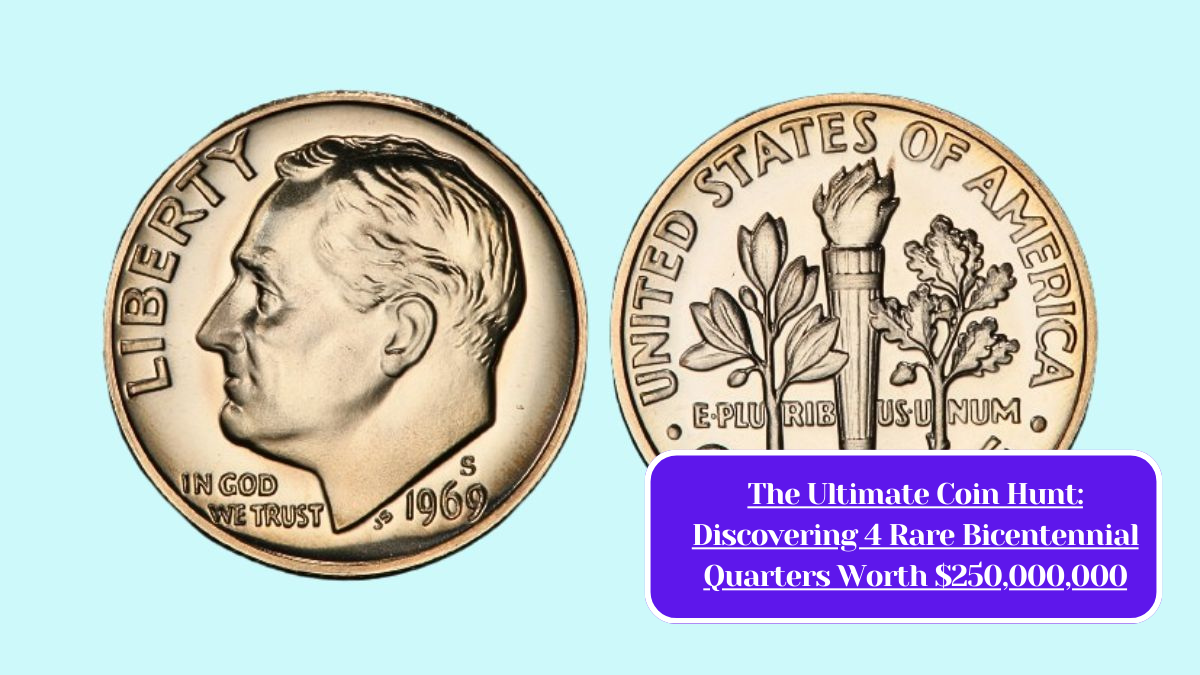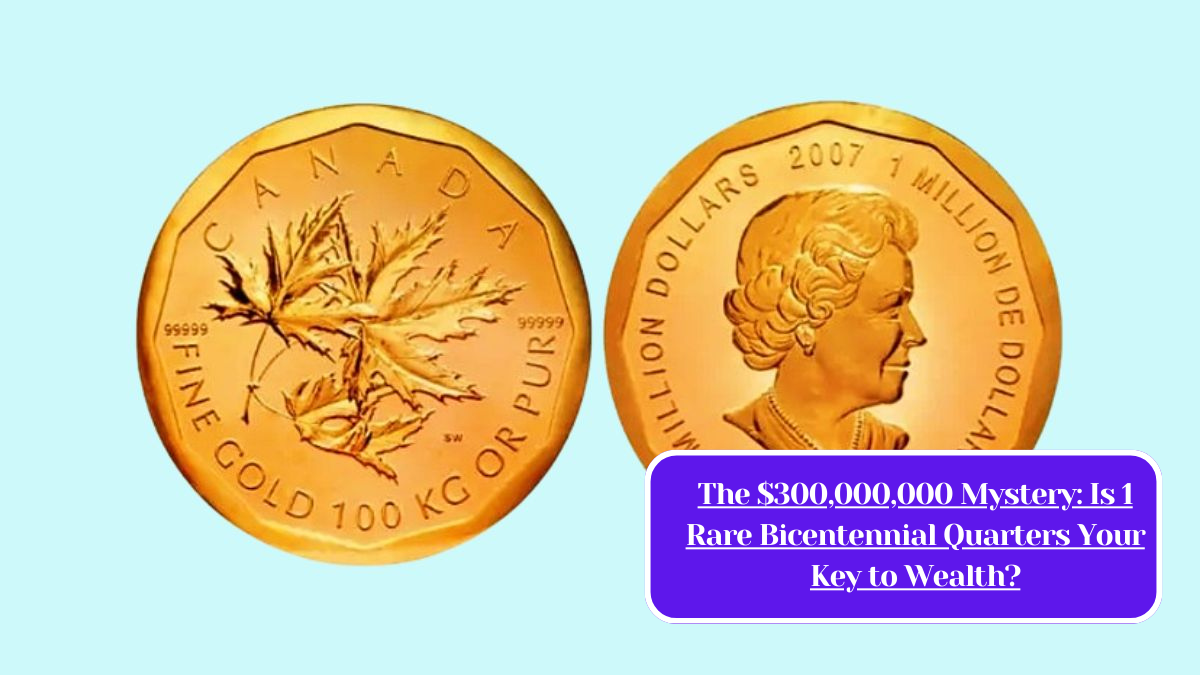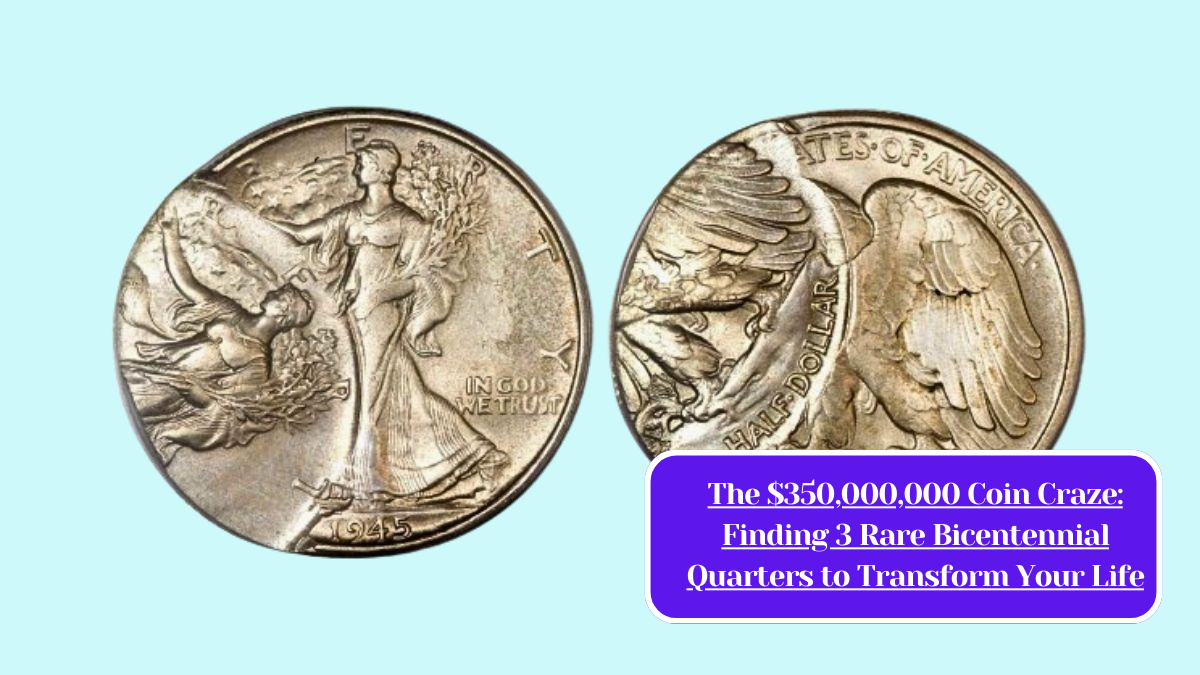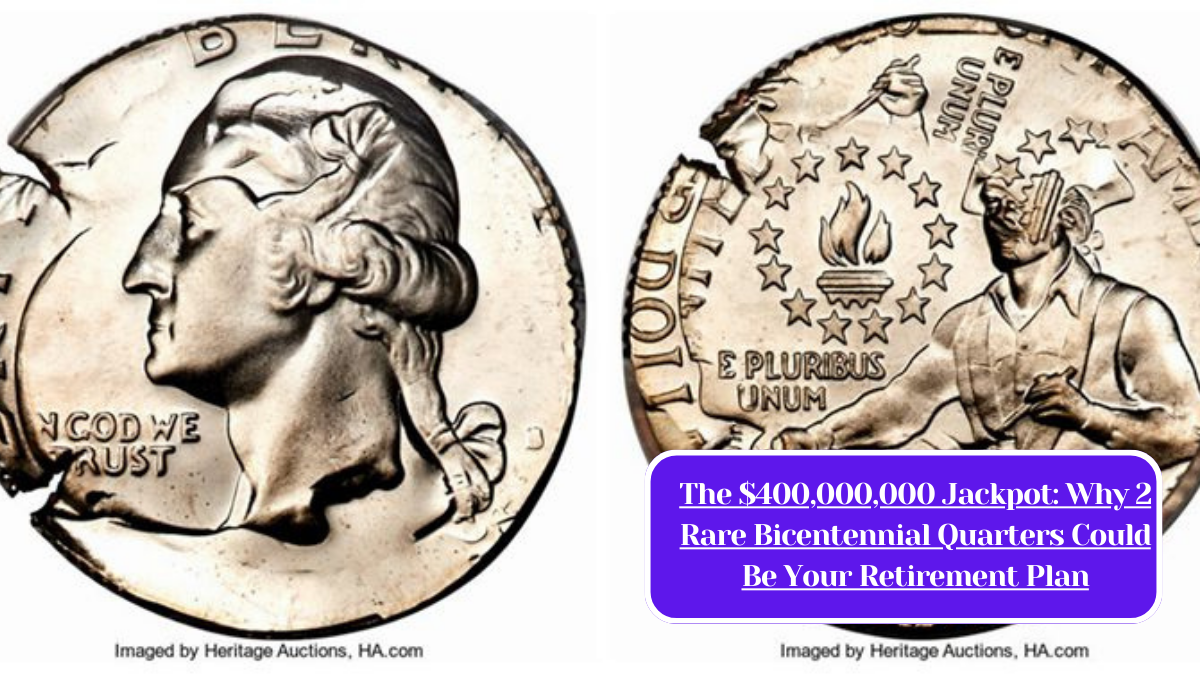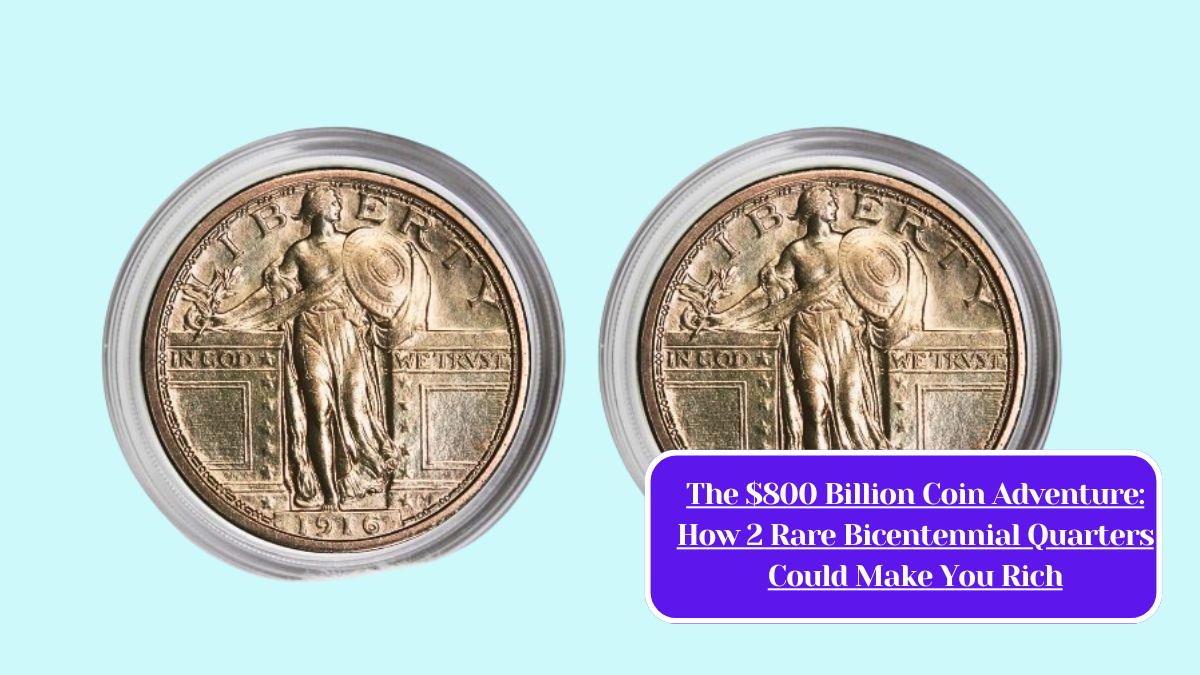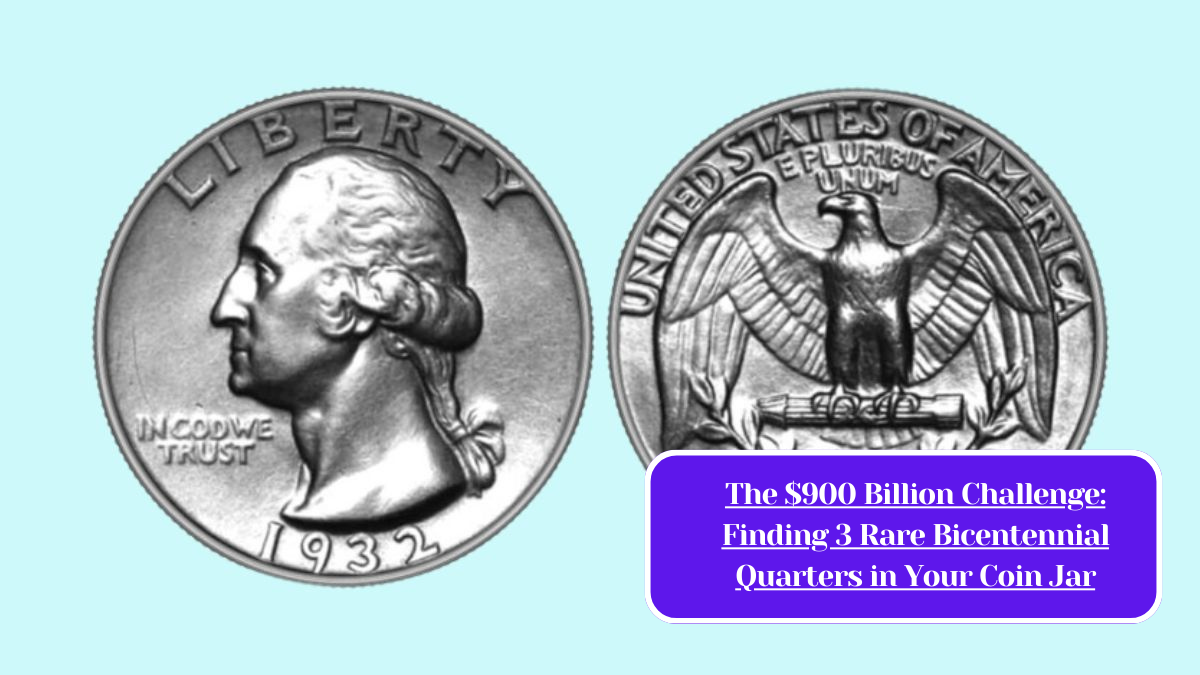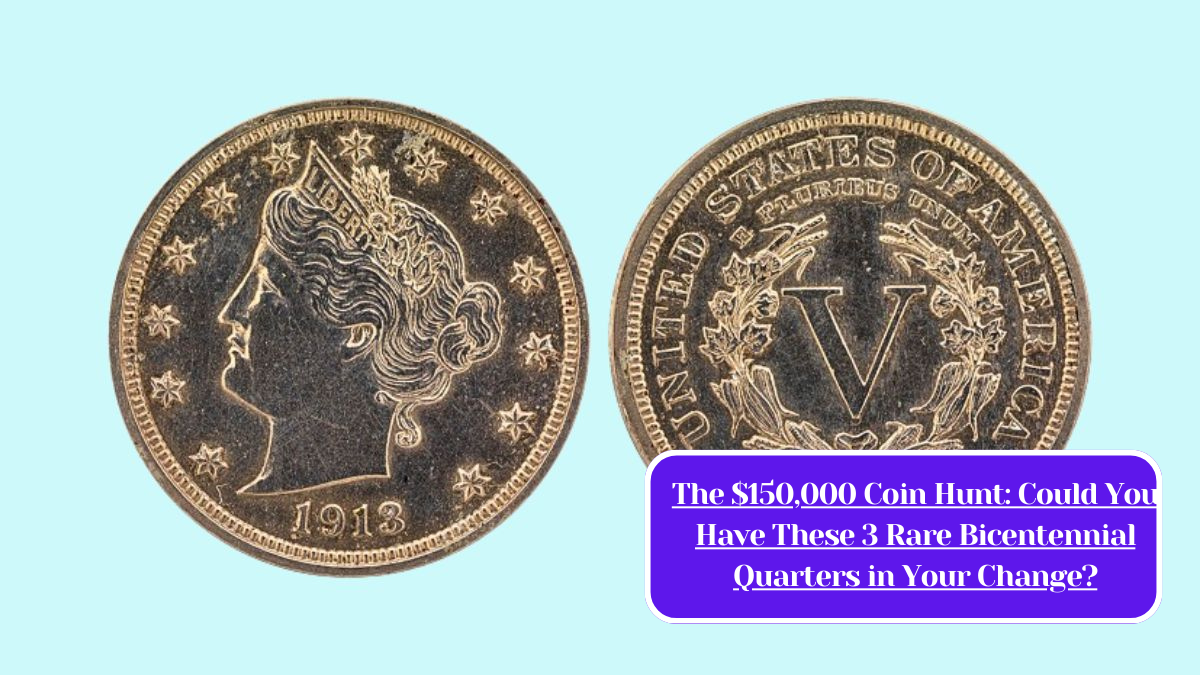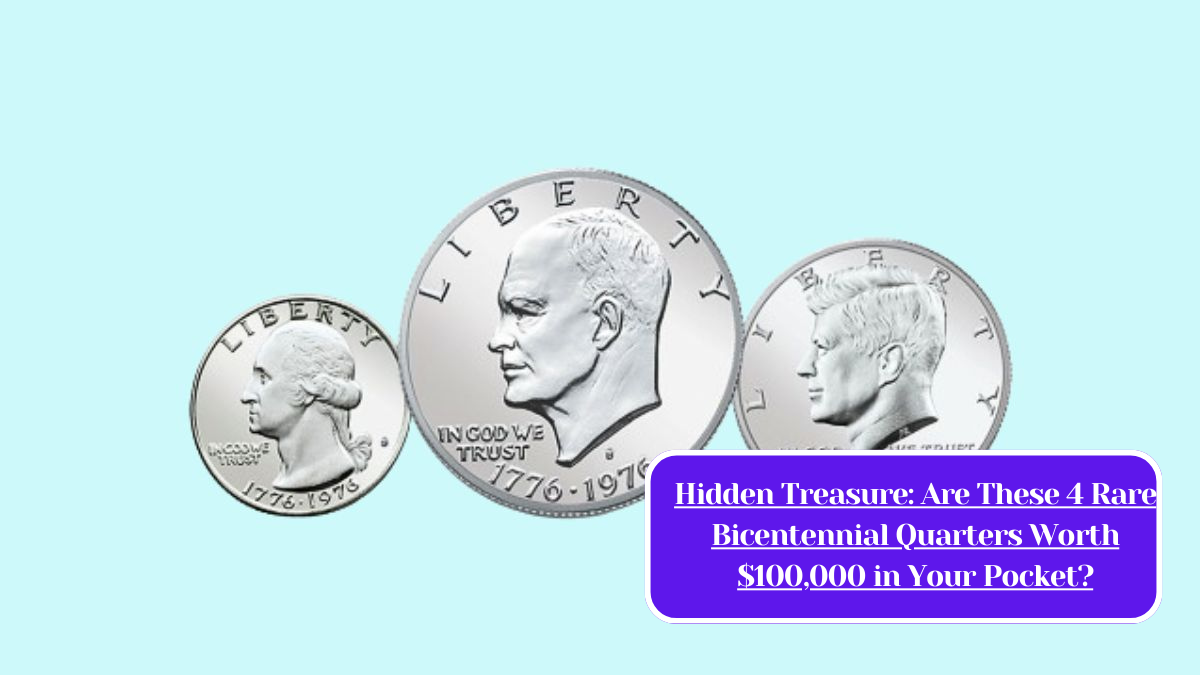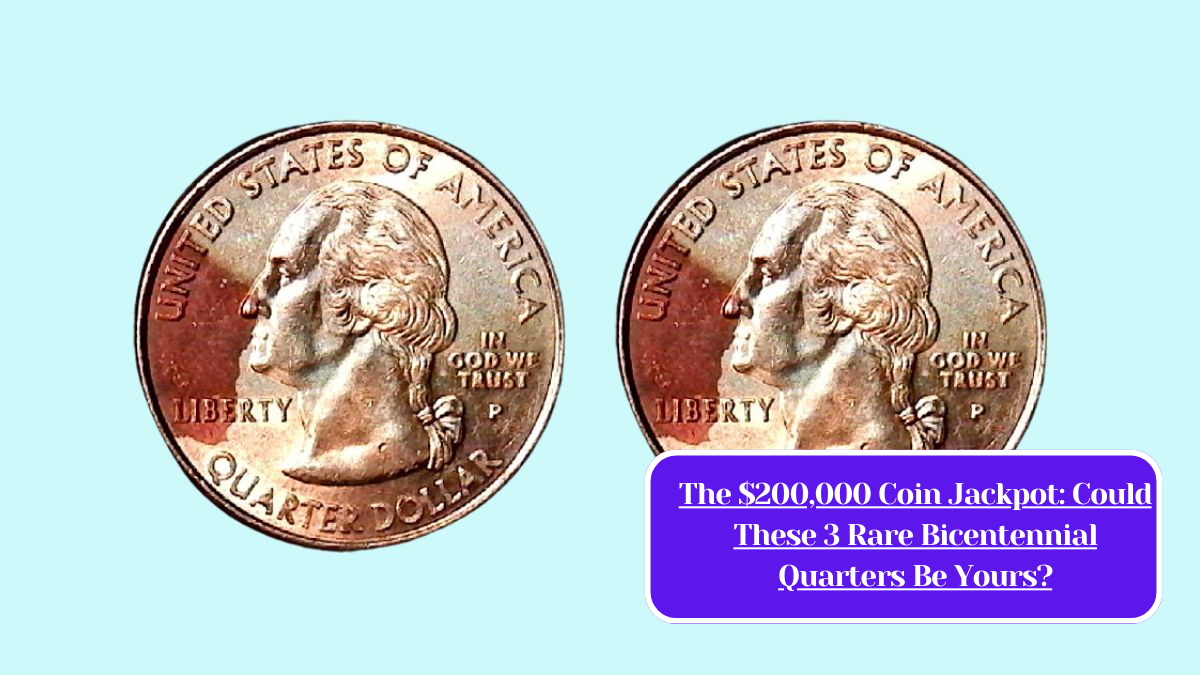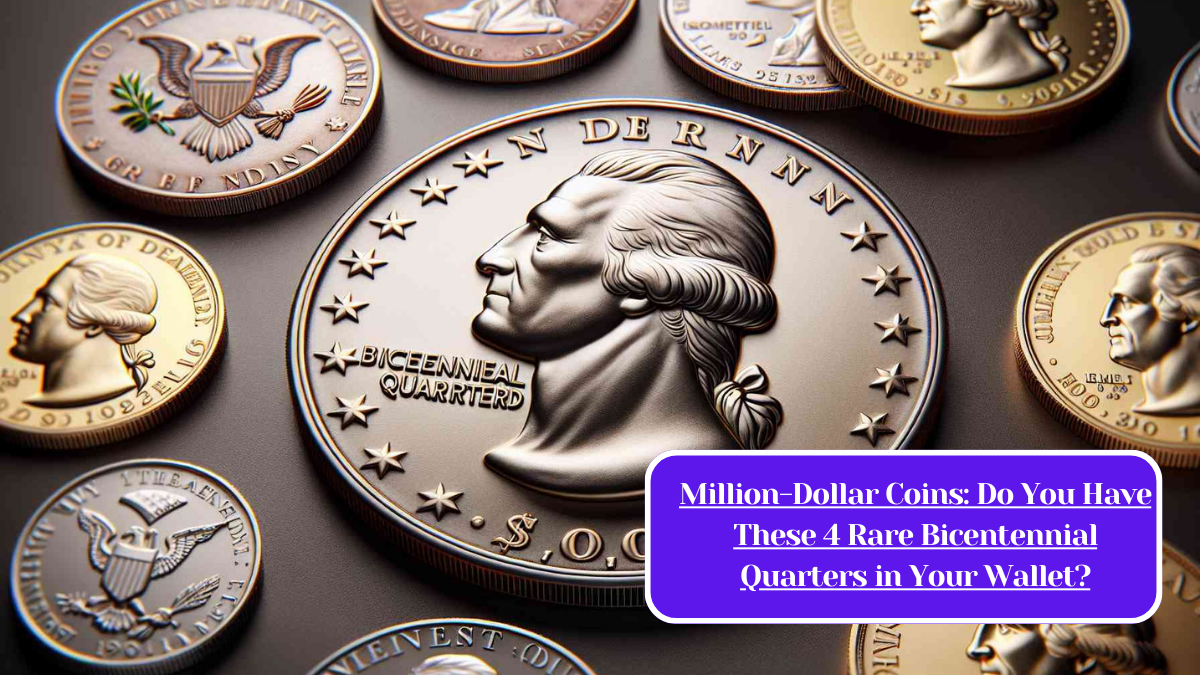Centennial coins, celebrating significant anniversaries in American history, have become a popular collectible among numismatists and casual collectors alike. These coins are not only valued for their historical significance but also for their aesthetic appeal and the craftsmanship involved in their production. However, one of the most critical aspects that determine a coin’s value is its condition. In this article, we will explore how centennial coins are classed based on their condition and why this classification is essential for collectors.
Understanding Coin Grading
Coin grading is a systematic method used to assess a coin’s condition. The grading scale most widely used in the United States is the Sheldon Scale, which ranges from 1 to 70. Each grade reflects the coin’s visual appeal and wear, which can significantly influence its market value.
Key Grades in Coin Classification
- Uncirculated (MS 60-70): Coins in this category show no signs of wear. They retain their original luster and features. An MS 70 coin is considered perfect and has no imperfections visible under 5x magnification.
- Extremely Fine (EF 40-45): These coins have minor wear on the highest points, but the details remain sharp. The original design is still prominent, making them highly desirable among collectors.
- Very Fine (VF 20-35): Coins in this condition show moderate wear but still maintain clear design features. The wear is more pronounced on the high points, yet the overall appearance remains appealing.
- Fine (F 12-15): Coins classified as Fine exhibit more significant wear, with the design details becoming less distinct. However, the overall integrity of the coin remains intact.
- Good (G 4-8): These coins are heavily worn, with only the most basic elements of the design visible. While they may not be the most aesthetically pleasing, they can still hold historical value.
Factors Influencing Condition
Several factors contribute to the condition of centennial coins:
- Circulation: Coins that have been circulated extensively are likely to show more wear, affecting their grade.
- Storage: Proper storage methods, such as using coin holders or capsules, can preserve a coin’s condition over time. Exposure to moisture, chemicals, or poor environmental conditions can lead to tarnishing and corrosion.
- Handling: Frequent handling can cause scratches or fingerprints, detracting from a coin’s visual appeal.
- Minting Quality: The quality of the coin at the time of minting also plays a role. Some coins are produced with higher quality control, making them more likely to remain in better condition.
The Importance of Condition in Valuation
The condition of a centennial coin directly impacts its market value. For collectors and investors, understanding the grading system is crucial. A coin in uncirculated condition can fetch a significantly higher price than a similar coin that is in fair condition. This price difference can sometimes be hundreds or even thousands of dollars, depending on the rarity and desirability of the coin.
When it comes to centennial coins, condition truly matters. The grading system provides a structured way for collectors to assess the value and appeal of their coins. By understanding the factors that influence a coin’s condition and how it is classified, collectors can make informed decisions, ensuring they appreciate the full value of their numismatic investments. Whether you’re a seasoned collector or just starting, paying attention to the condition of your coins is key to building a valuable collection
